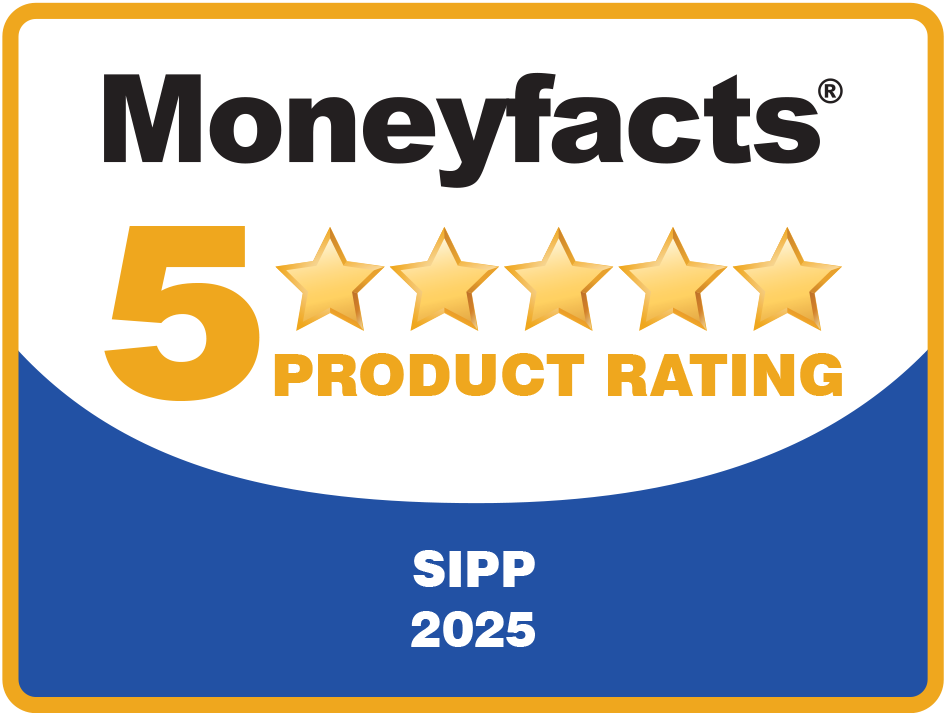Why comparing the fees between SIPP providers can be more complicated than you think
In our recent blog, we looked at the FCA’s proposals to help consumers to compare the costs of different pension providers.
Fees are notoriously tricky to compare between SIPP providers. We often work with advisers who are trying to compare our costs with other providers, and what we find is that this is not always a straightforward process.
Here, we look at some of the different ways that providers can charge for setting up and administering a SIPP, and why we believe our approach works for you and your clients.
Comparing the way that providers charge for SIPPs
When comparing the costs of a SIPP, you first have to decide what sort of SIPP you want.
Do you want a narrow set of investment solutions and benefit options? If so, a simple, low cost, SIPP might be preferable, and these can often be found online.
However, if you want a wider range of investments and benefit options, together with a more service-led offering, a full and bespoke SIPP might be more appropriate.
Generally, full and bespoke SIPPs have higher annual administration fees. Even then, these charges can vary depending on what you ask from your SIPP provider. It’s important to note that the annual administration fee is not always the key factor when trying to compare SIPP provider costs. (see below).
The fact that we assist advisers with comparing our charges with that of other SIPP providers suggest that the FCA’s proposal to improve transparency makes sense.
Why we believe scenario-based charging helps advisers explain SIPP fees
In our experience, an effective way of comparing providers is by putting a scenario in place and then applying the charging structures of the providers of your choice. Then, run these fees for year one then every subsequent year for the next ten years to get an idea of the total cost to the client.
Below, we share some examples of how IPM’s charges compare to other providers. Please note that the indicative costs for the other SIPP providers below are based loosely on other providers in the market offering full, bespoke SIPPs and do not accurately reflect any specific SIPP provider. The tables are for illustrative purposes only and should not be used for actual comparisons.
The idea of sharing these scenarios is to show you the benefits of a simple fee structure and how scenario-based cost comparisons are an accurate and simple way of understanding a provider’s charges – especially compared with some of the complexities of our competitors.
These examples also show you why the way we charge is more straightforward for you and your clients and makes it easier for you to compare the relative costs of our SIPPs versus other providers.
Scenario 1
In this simple scenario, your client wishes to set up a SIPP, conduct two ‘transfers in’, invest via a DFM, benefit from a platform, and open two deposit accounts.
| IPM | Provider 1 | Provider 2 | |
| Establishment Fee | Nil | £295 | £350 |
| Annual Admin Fee | £540 | £525 | £385 |
| Transfer In Fee | Nil | £100 | Nil |
| Investment Fees | Nil | £250 | £100 |
| Investment Fees Annual | Nil | Nil | £100 |
| Year One Fee | £540 | £1,170 | £935 |
| Annual Thereafter | £540 | £525 | £485 |
| Total Fees After 10 Years | £5,400 | £5,895 | £5,300 |
Notice here how our approach means your client will pay a simple, flat annual fee, rather than a number of different charges.
Even in this rather straightforward scenario, additional costs can be incurred depending on how many times monies are moved to or from the trustee bank account. Also, for some providers, the type of investments made (whether on or off panel) can make a difference to the ongoing annual fee. For this scenario, we have assumed that investments are on panel, where applicable.
Scenario 2
In this scenario, your client wishes to set up a SIPP, conduct one ‘transfer in’, benefit from platform and trustee investment bond investment, take max PCLS and then pay monthly income.
| IPM | Provider 1 | Provider 2 | |
| Establishment Fee | Nil | £295 | £350 |
| Annual Admin Fee | £540 | £525 | £385 |
| Transfer In Fee | Nil | £50 | Nil |
| Investment Fees | Nil | £200 | £80 |
| Investment Fees Annual | Nil | Nil | £80 |
| BCE Fee | £150 | £215 | £175 |
| Annual Drawdown Fee | £150 | £295 | £175 |
| Year One Fee | £840 | £1,580 | £1,245 |
| Annual Thereafter | £690 | £820 | £640 |
| Total Fees After 10 Years | £7,050 | £8,960 | £7,005 |
Most providers will levy a fee for paying PCLS and then an annual drawdown fee thereafter. What is more difficult to demonstrate, however, are the different charges in regard to how income is drawn. Some charge more for higher frequency withdrawals while some make an additional charge for ad hoc income payments. The differing charges for investments should also be noted.
Again, our structure means your client simply pays the same fixed fee every year, plus a one-off BCE fee.
Scenario 3
In this third scenario, your client wishes to set up a SIPP, conduct one ‘transfer in’, make one contribution, purchase commercial property with borrowing, and benefit from a platform account in the SIPP.
| IPM | Provider 1 | Provider 2 | |
| Establishment Fee | Nil | £250 | £150 |
| Annual Admin Fee | £540 | £550 | £400 |
| Transfer In Fee | Nil | £75 | £100 |
| Contribution Fee | Nil | £40 | £25 |
| Investment Fees | Nil | Nil | Nil |
| Investment Fees Annual | Nil | Nil | Nil |
| Property Purchase Fee | £450 | £1,000 | £950 |
| Annual Property Fee | Nil | £300 | £150 |
| Borrowing Fee | £450 | £150 | £300 |
| Annual Borrowing Fee | Nil | £150 | Nil |
| Year One Fee | £900 | £2,515 | £2,075 |
| Annual Thereafter | £540 | £1,000 | £550 |
| Total Fees After 10 Years | £5,760 | £11,515 | £7,025 |
The picture for understanding fees that apply for property purchase becomes even more difficult to ascertain. There are so many variables for a property purchase that many providers, including IPM, charge additional fees in certain scenarios: for example, where a property is VAT registered.
See more about the IPM approach to commercial property purchase
Some providers are unable to provide confirmation of the charges that will apply, instead saying that fees are ‘time costed’. Most providers also make a charge where more than one SIPP is involved in a purchase, both on an initial and ongoing basis.
What these comparisons mean for you and your clients
The idea of illustrating these comparative methods of charging is not to compare IPM’s charges with other providers. Actually, IPM may not be the most cost-effective provider in all scenarios!
These tables are designed to show the benefit of charging on a predominately fixed fee basis, which is the way we have always operated. This way, clients always know in advance what their fee to IPM is going to be, year in, year out. It also makes it easier for advisers and planners to explain to their client how much an IPM SIPP will cost.
See how our SIPP offers complete investment flexibility for a fixed fee
There are occasions when we do charge additional fees not covered by the above. For example:
- When a client establishes a fourth or more third-party deposit account
- When we make an international payment
- When a new lease is required for a property
On the whole, however, the majority of work we undertake for our clients will be covered by the annual administration fee, the annual drawdown fee, and the property purchase fees.
It’s also important to remember this: when you’re looking for a SIPP, costs are only one aspect to consider. For example, clients also need to consider the level of service they would like from their chosen provider.
If you have any questions about our fees, or you’re looking to help a client compare the costs of SIPP providers, please get in touch. Email info@ipm-pensions.co.uk or call 01438 747 151.



